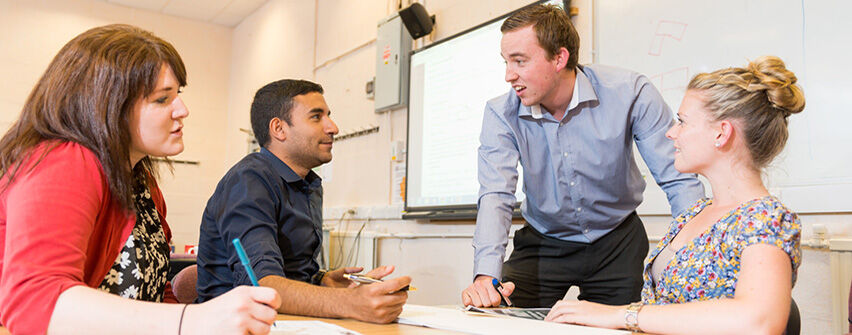The walls are too high to see over. Criss-crossed with ivy, which tugs at the rustic bricks, it’s hard to even see where there might be a crack which allows the light through. But I know that within lies a garden. Extending my hand, I walk around the perimeter with the plants brushing my palm.
A disturbance in the foliage up ahead foreshadows a change of form, as the shape of an opening, set back and partly obscured by green creepers appears. It is a door. Its wooden struts are gnarled and ancient; its fixings rusty, but secure. It hangs on its oversized hinges, on which flecks of coloured paint are still visible, though the hinge has now become worn with use. In my pocket, my fingers trace the shape of a key. It is large and ornate; twisted metal spirals the handle. Uncertain, I trace its form again and ponder if it will fit the lock. Biting my lip, I decide to try.
Standing at the door of my pilot project application felt a little like this. I knew that my research experience was rather on the modest side and having the courage to apply was a challenging internal dialogue. In many ways this did feel like trying to discover the handle of an obscured portal and remaining uncertain whether the key I held would open that seemingly austere door. I am glad that I decided to try.
Just like that wall in my imagination, education has been likened to a secret garden (Pitts, 2002), and within that, more specifically the curriculum itself has more often been described in this way (Eccles, 1960; Swanwick, 1992). Thinking about what this might mean, and especially the impact this idea might have in music education and in the lives of young people, was the true motivation for forming my research project proposal. I have a strong desire to know more and to understand my field, or garden, even better. Making the distinction between pure and applied research is important for music education (Savage, 2013), where music-making is always linked to musical learning. Motivated by the aspiration that research in education is most powerful when it is connected to practice, I want to continue to push back the foliage, to reveal the details of enacted music curricula that are hidden, or at least partially concealed.
Pictures on paper, as well as images in the mind’s eye can be helpful in representing conceptual ideas in research, and this was my starting point. Coming before a research timeline, or any kind of meaningful plan, I sketched my own positionality, my starting points, and how I would seek to allow my research to find a voice. My methodological frameworks thereby began to grow, and thinking about the manner in which these may be submerged or reflected in watery combination with findings as they emerge, really helped to give my proposal some kind of consistency. Drawing the discussion together will mean multiple things for me, when I reach that stage.
How schools conceptualise and think about curriculum design matters. Understanding impacts that whole-school or whole academy chain models have on curriculum as it is received, not only perceived (Kelly, 2009) is really important, especially for music, where musical knowledge is about more than a body of inert information. So, building on from my PhD, I’ll be looking at Key Stage 3 Music and how it is impacted by school leader level decisions about curriculum structures. I don’t know what I’ll find. But I do know it will have the potential to impact the important work of classroom music teachers, their line managers, and the entitlement young people have to music in their schools. It has already been worth taking a deep breath to have the courage to try the key of my bid in the research door of pilot project funding.
***
The door swings open. Blinking, I take in the view. It is very different to what I had expected. The door opens not into a garden, but onto a wide open plain. I don’t know what direction I will go in, or where my research will take me. I look around to find my bearings. It’s time to start tracing out a path.
References:
Eccles, D. (1960). Hansard: House of Commons Debates 21st March, col. 51 – 52.
Kelly, A. (2009). The Curriculum: theory and practice, 6th edition. London: Sage.
Pitts, S. (2002). Finding the future in the past: historical perspectives on music education. IN Teaching Music in Secondary Schools: a reader. Edited by Spruce, G. London: RoutledgeFalmer
Savage, J. (2013). The Guided Reader to Teaching and Learning Music. Abingdon: Routledge.
Swanwick, K (1992). Music education before the national curriculum. The London File. London: University of London, Institute of Education and Tufnell Press.





